LG Completes Sale of Smartphone Business
The lines in other countries were originally to be sold however it was found that there were few buyers that had the need or financial capacity for the lines, while the Inspur sales was easily accomplished due to the existing relationship. LG had contemplated selling the entire mobile division last year to a number of possible global scale buyers but decided to hold onto the IP, a portion of which is related to 5G, which the company says can be applied to a number of affiliated businesses outside of smartphones. Since then there have been a number of IP sales made by LG, one being through affiliate LG Innotek (011070.KS) to Scramoge Technology (pvt), a non-practicing IP holding company in Ireland that is known for it’s lawsuits against major CE companies, and a number of licensing agreements with Chinese smartphone brands.
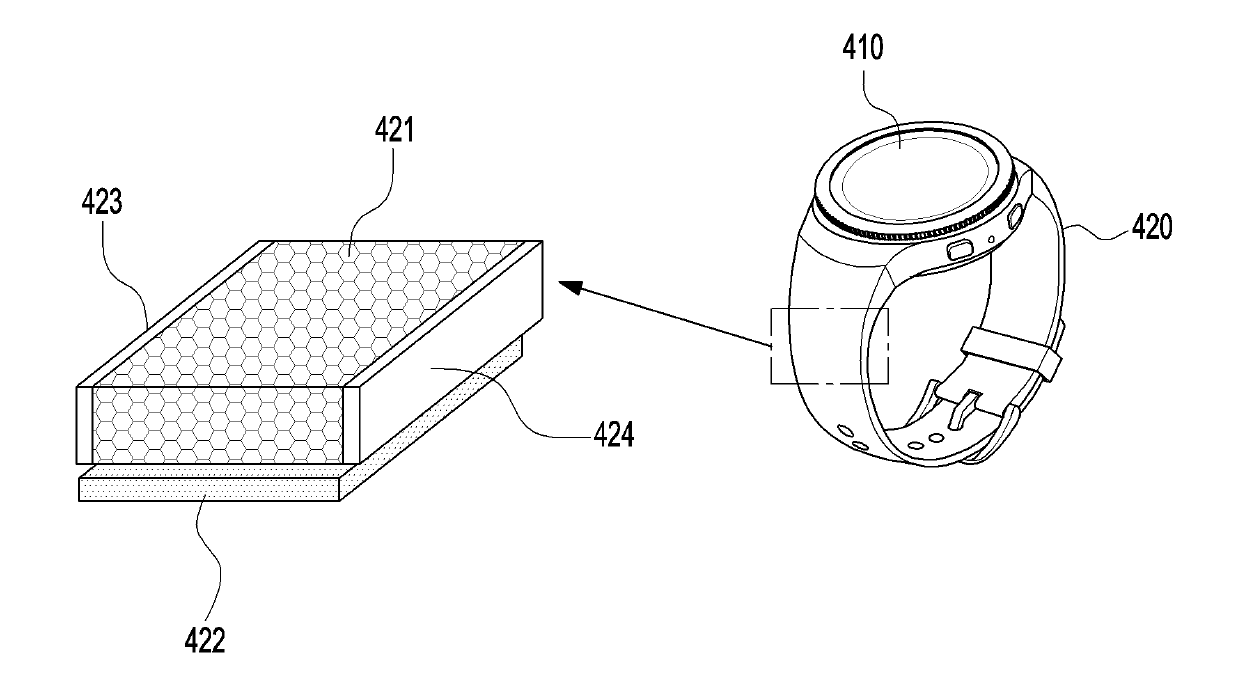
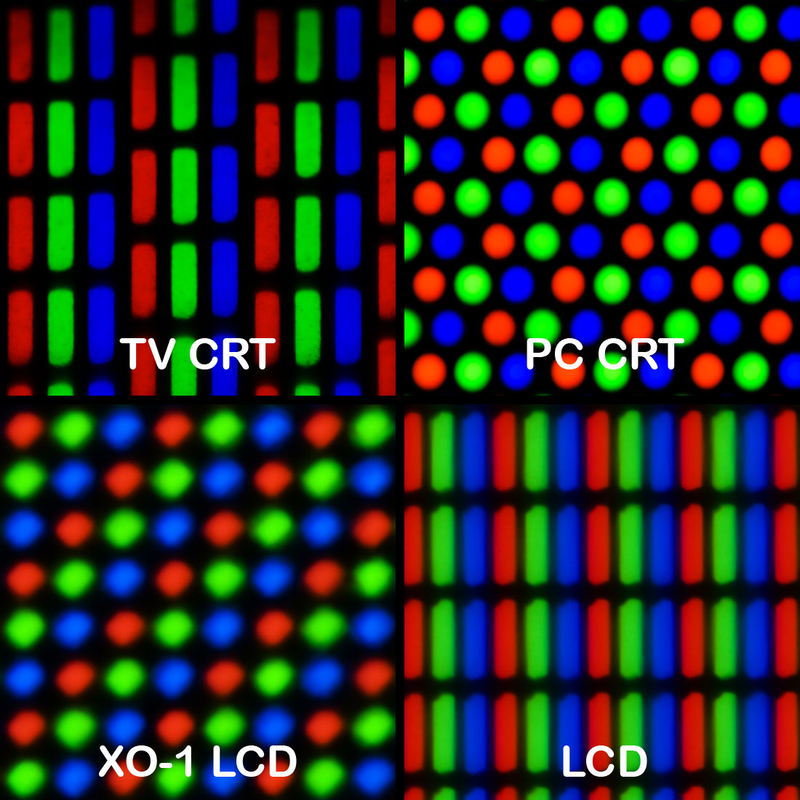

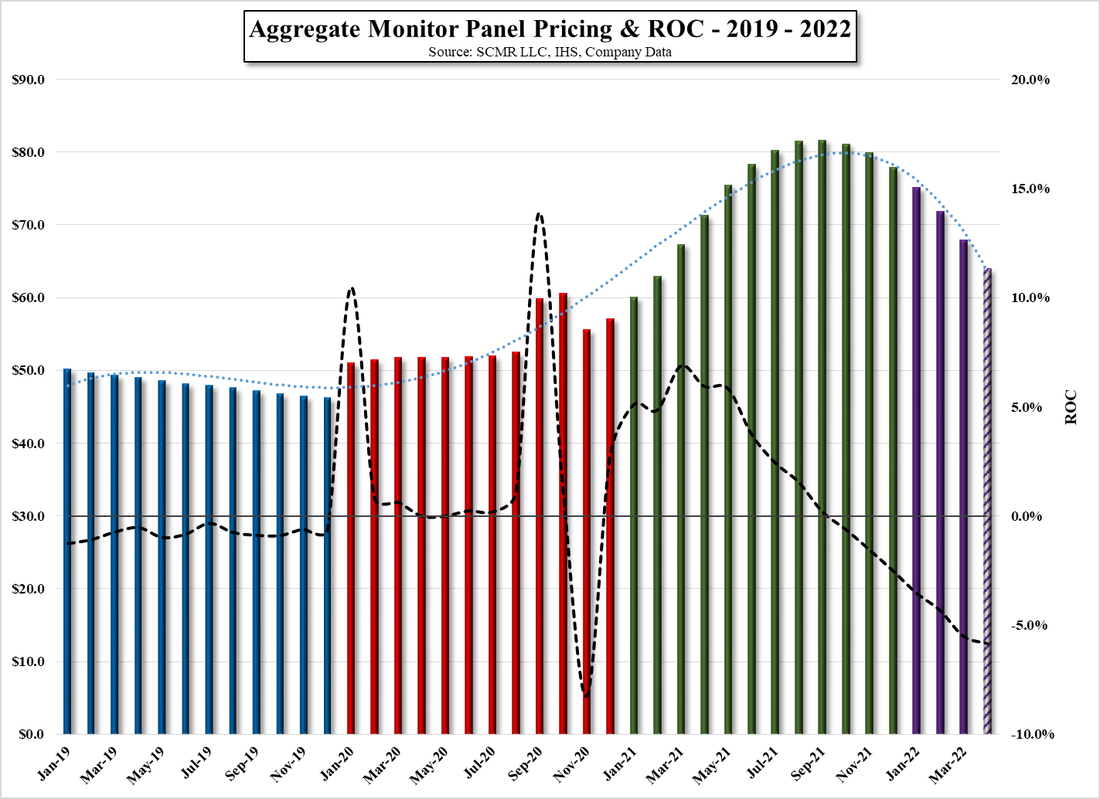
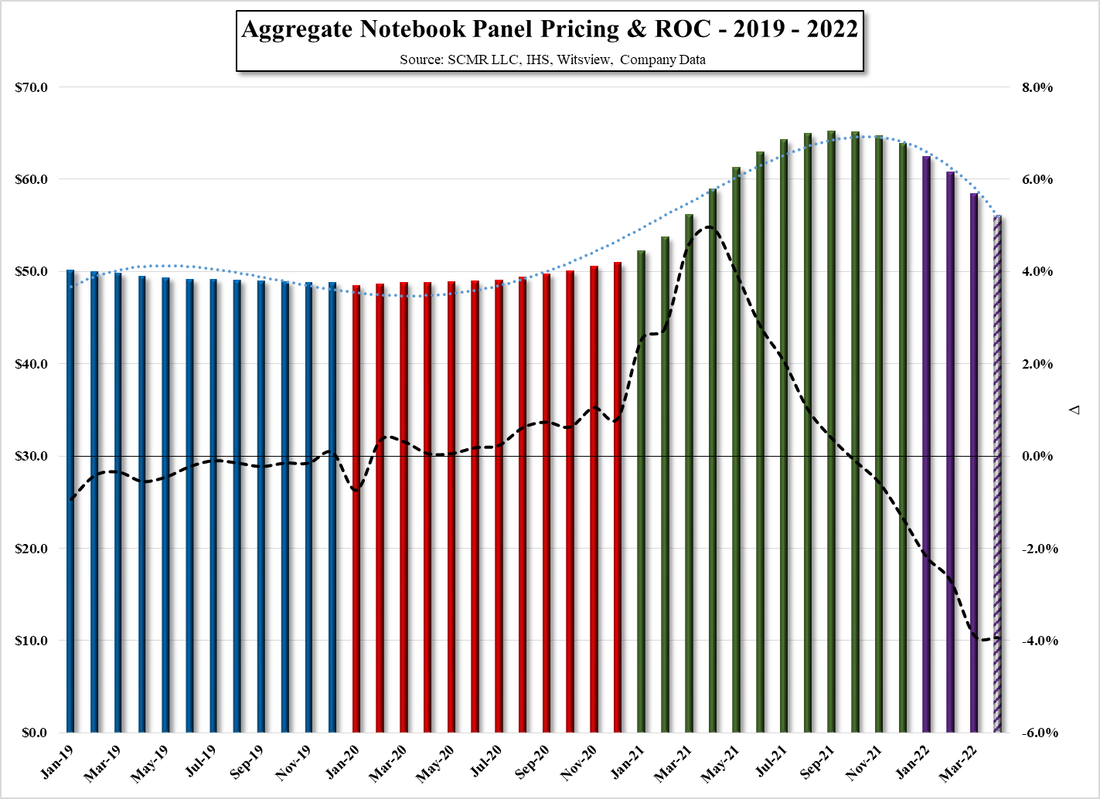
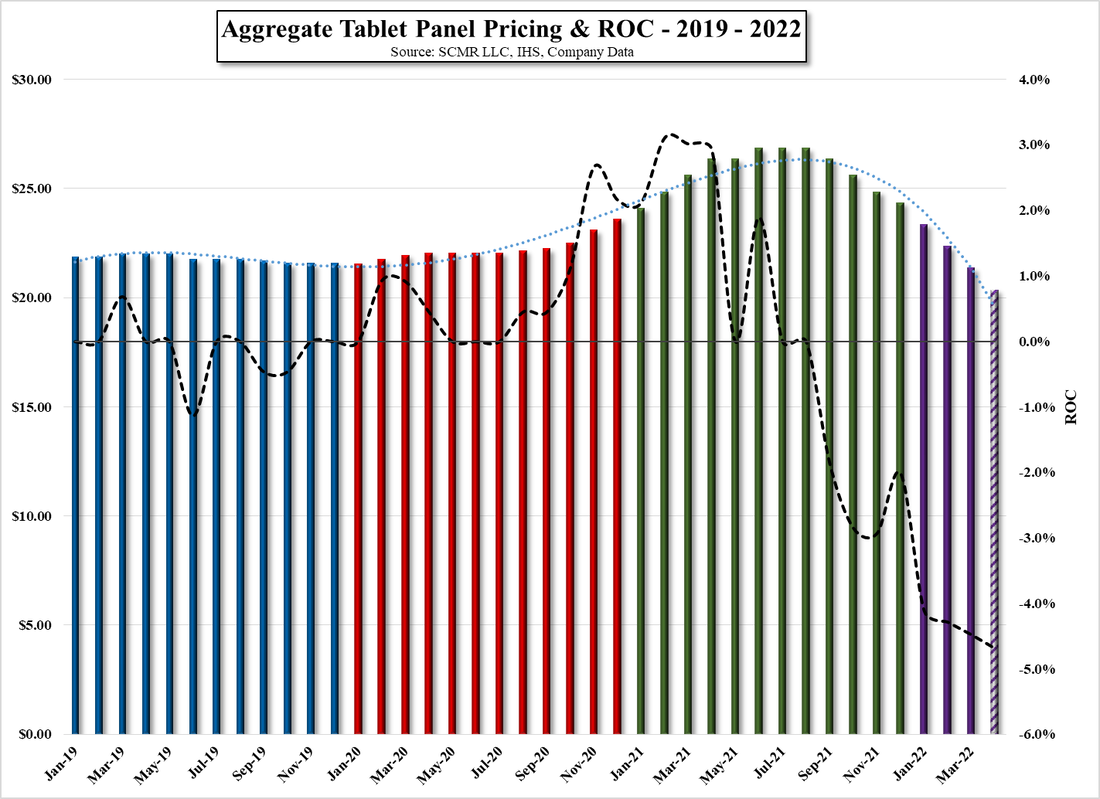
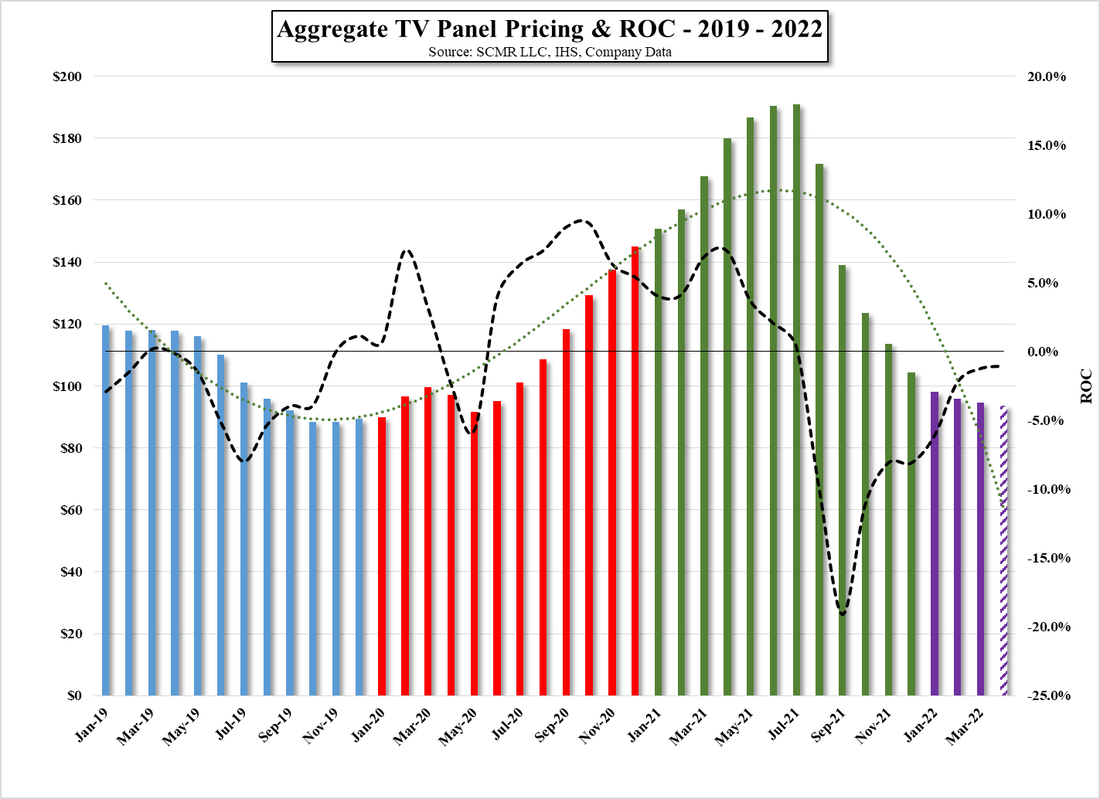
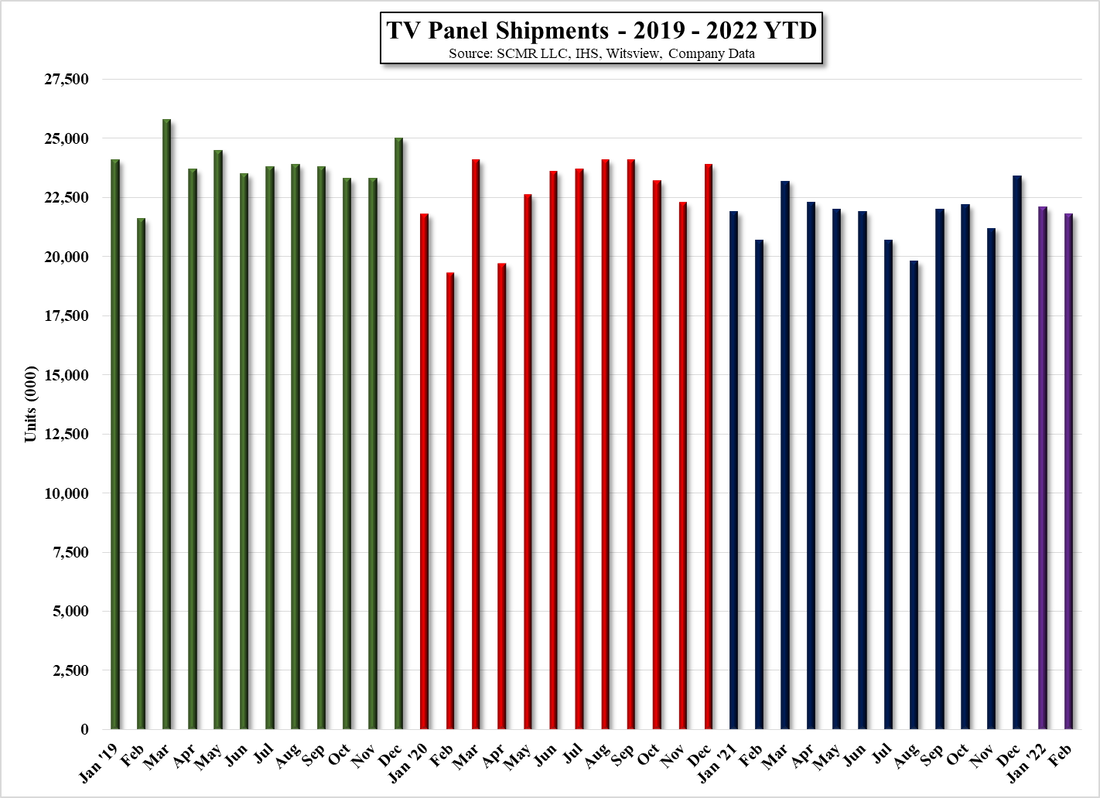
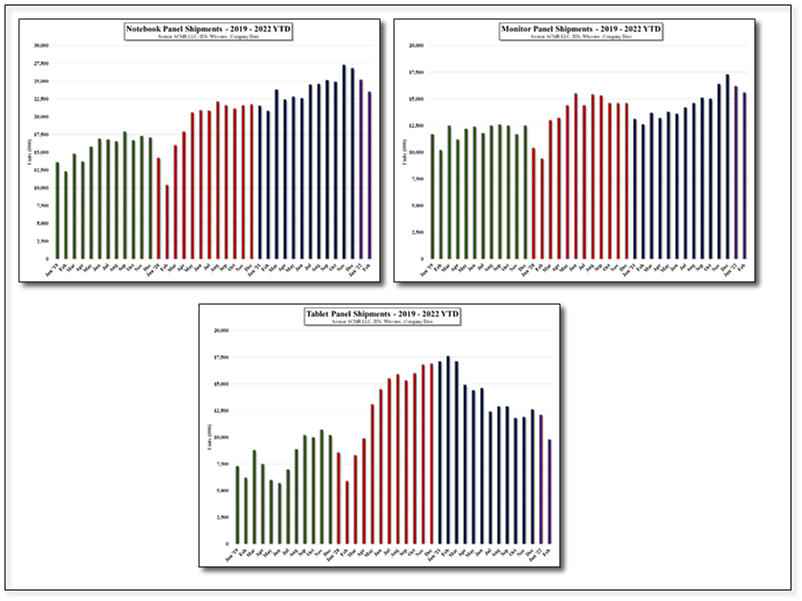
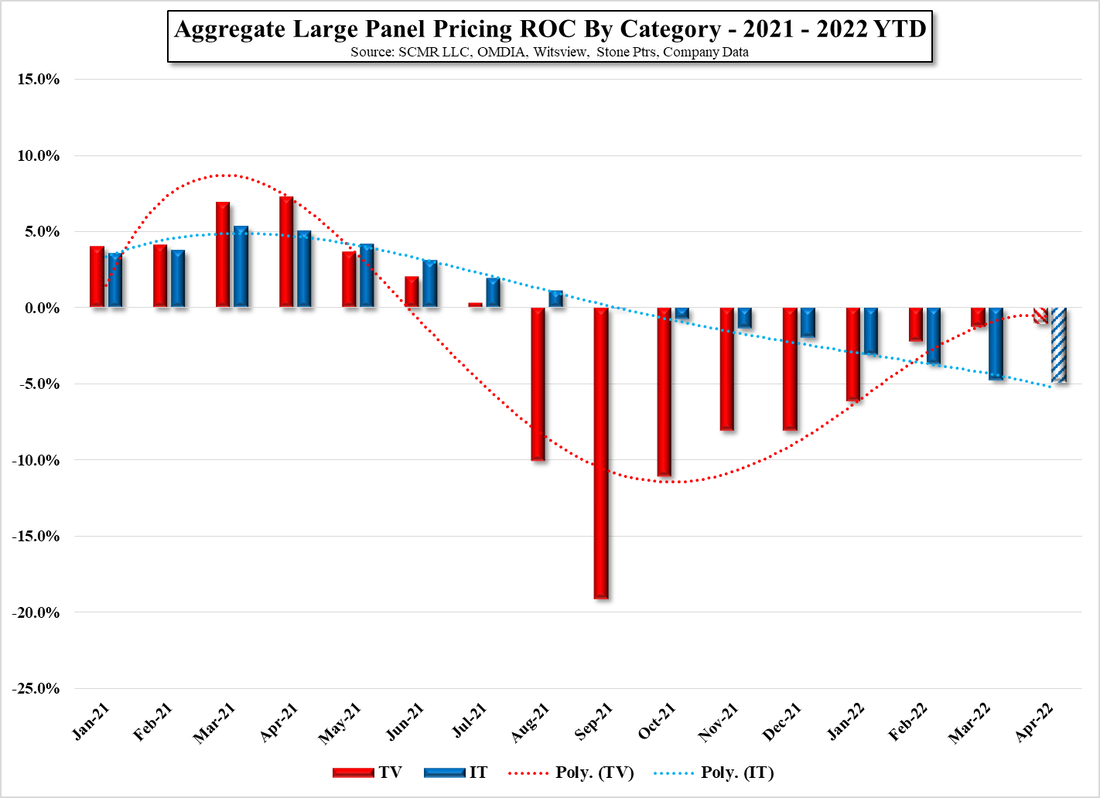
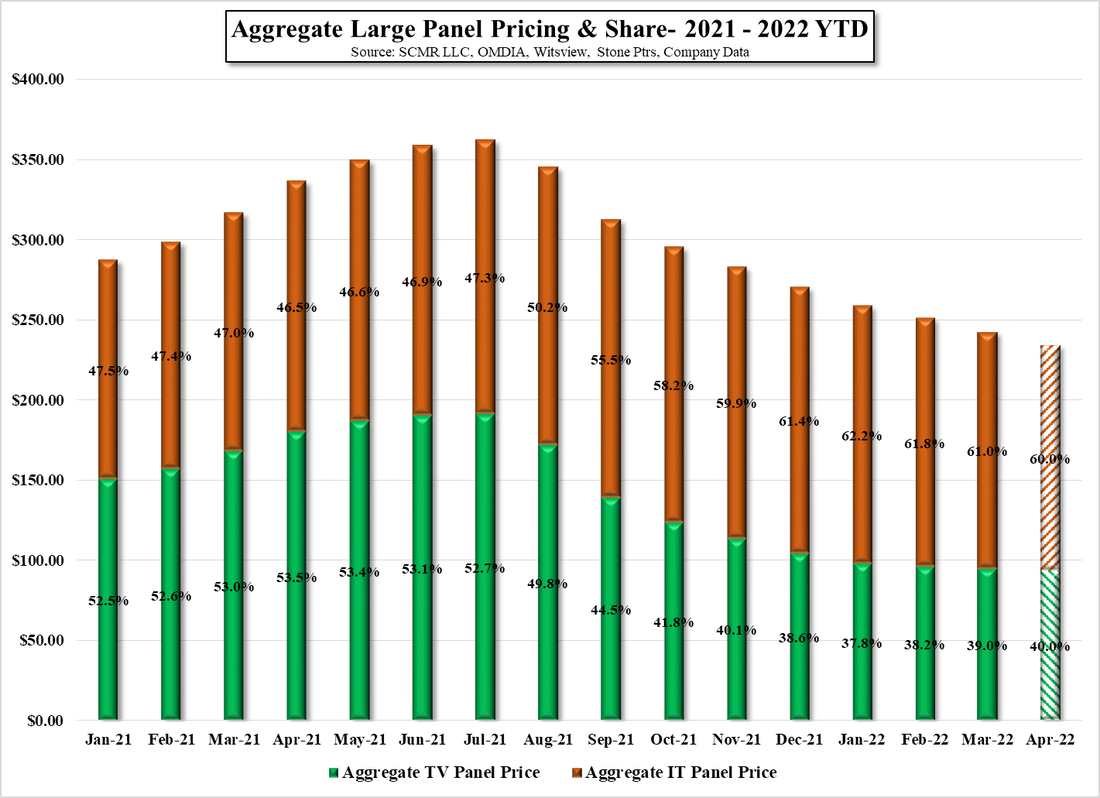


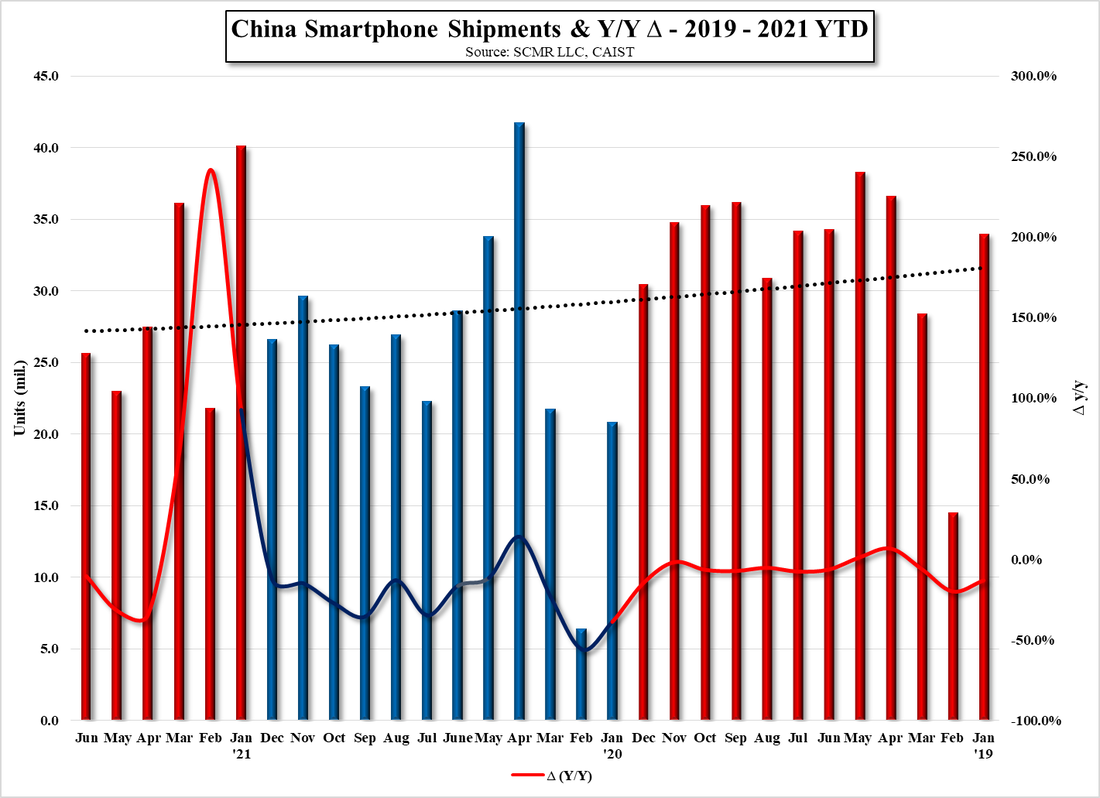
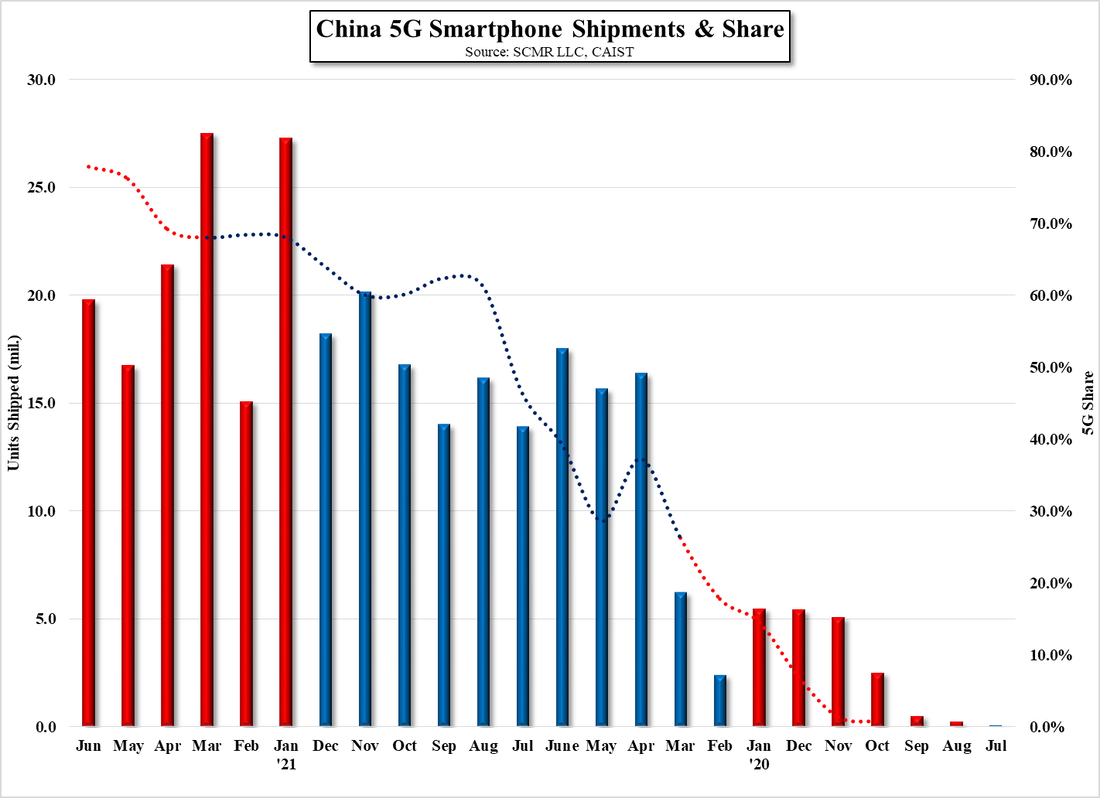
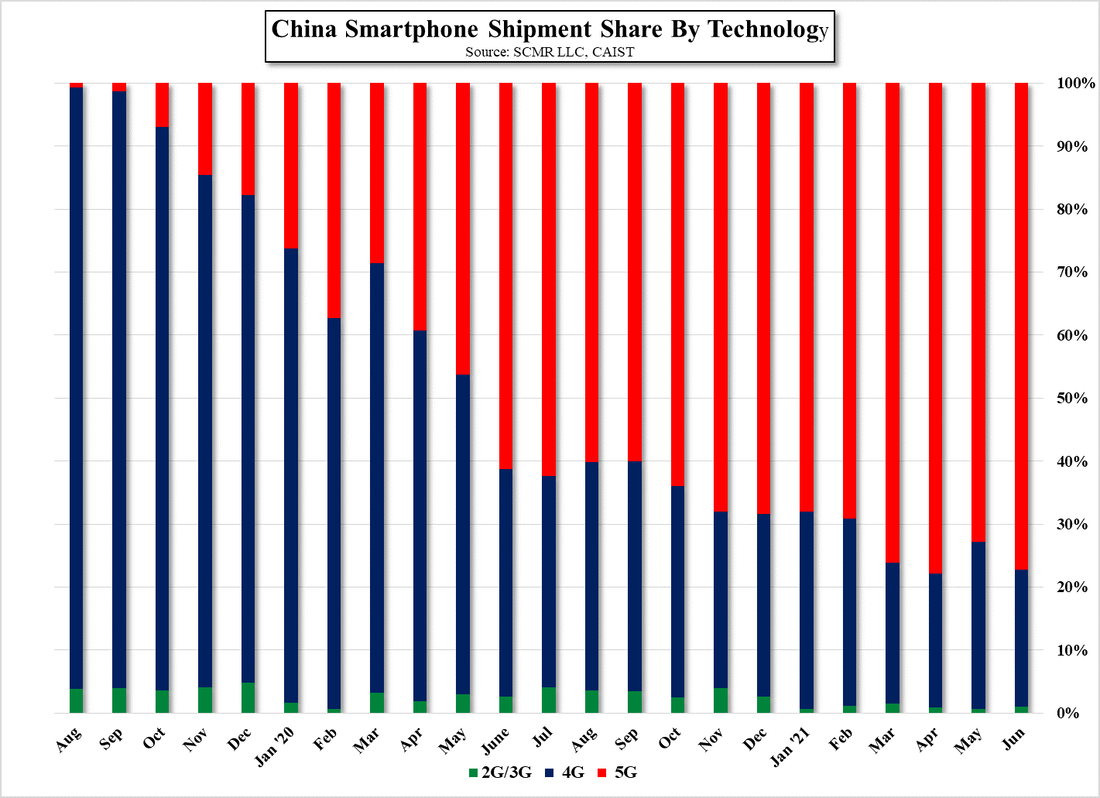
 RSS Feed
RSS Feed